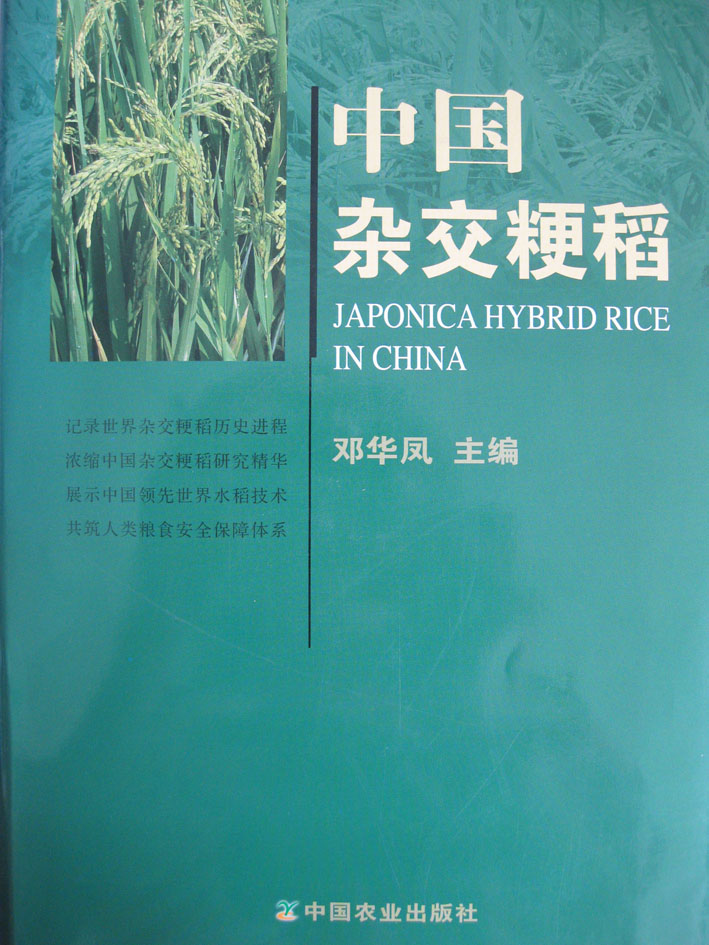Japonica hybrid rice in China

The book is divided into two parts, consisting of fourteen chapters.
The main content of the first part (Chapter 1 to Chapter 6): The position of japonica rice in rice production, the characteristics and status of hybrid japonica rice, as well as the history and current situation of hybrid japonica rice at home and abroad, the types, collection, evaluation, preservation, development, innovation, and utilization of hybrid japonica rice germplasm resources; Ecological characteristics, planting division and planting system of japonica hybrid rice in China; The utilization of Heterosis in japonica rice, and the genetic basis of male sterile lines and restorers; Morphological physiology, photosynthetic physiology, fruiting physiology, nutritional physiology, and root physiology of hybrid japonica rice; The application of biotechnology in hybrid japonica rice.
The main content of the second part (Chapter 7 to Chapter 14) is: the selection techniques of sterile lines, restoring lines, and combinations of three line hybrid japonica rice; Breeding techniques for male sterile lines, restoring lines, and combinations of two-line hybrid japonica rice; Super high yield breeding techniques for inter subspecific Heterosis utilization, plant type improvement and remote source Heterosis utilization of japonica hybrid rice; Approaches and breeding practices for improving the quality of hybrid japonica rice; Breeding techniques for disease and pest resistance and stress resistance in hybrid japonica rice; Breeding and seed production techniques for hybrid japonica rice, as well as seed quality testing, processing, and storage techniques; Research on cultivation techniques of hybrid japonica rice; Introduction to the main combinations and sterile lines of hybrid japonica rice.
This book is the first monograph that comprehensively introduces hybrid japonica rice. It has high academic value, strong systematicity, and can be read and referenced by relevant personnel in agricultural research institutes, agricultural colleges, seed production and management, agricultural technology promotion, and management departments.